If you click on a link and make a purchase we may receive a small commission. Read our editorial policy.
Batman vs. Superman, Flashpoint Edition: Geoff Johns, Jeremy Adams, and Tim Sheridan talk Flashpoint Beyond #3 (and the return of Hypertime!)
Flashpoint Beyond is halfway over: Flashpoint writers talk Issue Three

July 5's Flashpoint Beyond #3 is the halfway point in the comic book event that brought the world of Flashpoint crashing back onto comic book shelves. We’ve been reunited with the fan-favorite alternate-version of Batman (Thomas Wayne), introduced to the crimes of the Clockwork Killer, and shocked by earth-shattering events that never saw fruition in the original story. And there’s still so much more to come.
The comic is written by Geoff Johns, Jeremy Adams, and Tim Sheridan, drawn by Xermánico and Mikel Janín, colored by Romulo Fajardo Jr. and Jordie Bellaire, and lettered by Rob Leigh. It’s available at your neighborhood comic shop and on digital platforms everywhere right now, so Popverse figured it would be a good time to chat with the folks that wrote it.
See what Johns, Adams, and Sheridan have to say about the issue below, but be warned: there are major spoilers ahead for Flashpoint Beyond #3. Don’t say we didn’t warn you.
Popverse: At the beginning of Flashpoint Beyond #3, Thomas Wayne is tracking this impossible-to-catch murderer, The Clockwork Killer, and seeking to save his son in a roundabout way. What’s going through his head?
Tim Sheridan: We we pick up right where we left off in Flashpoint Beyond #2, when Thomas is in a really dark place. He's just had this interaction with Gilda [Dent] at Arkham that has thrown him over the edge and really pushed him into this idea that none of this really matters. That this is not supposed to be the reality, the right timeline, so there are no consequences. There's no holds barred, he can really do whatever he wants to do.
But of course, he has been stopped by Superman. We always think of Superman as the better angel in the classic relationship between Batman and Superman, and we find them fulfilling their traditional roles here. So what is going through Batman's head at the beginning of this issue, I think, is that he's just getting it on straight. That’s what Superman is there to do.
The beginning scene, in the alley, feels like the joining of two plot lines. The first is Thomas Wayne's plot line, which we’ve been following, and then the second is Superman’s, which we’ve only really gotten hints of. What has Superman, or rather, ‘Subject One,’ been up to?
Geoff Johns: Since we last saw him in Flashpoint, he’s been acclimating to the world and doing what Superman does by nature; helping people. He’s been gathering those that feel as lost as he does and forming a relationship with them, other metahumans, other people, other refugees. He gives them a place to go.
Jason Woodrue and Poison Ivy have created a Fortress of… well it's called the Oasis. It's kind of the opposite of the Fortress of Solitude. It's a place where [Superman] can bring people and give them a place of safety and community and hope. That's who Superman is. It's a lot like Tim just said; Superman is there to guide us and I think that is his role always. But there's a twist to his backstory in this Flashpoint universe. Because Krypton did not explode.
Right, it’s coming to invade Earth, as we learn in Flashpoint Beyond #3. I can't wait to see how that will affect his character. Before we keep talking about his character; Subject One speaks in almost a stunted way. It’s rarely in complete sentences. Why is that?
Geoff Johns: He hasn't had a lot of interaction with people, so he's very truncated in how he speaks. It's funny; when we first wrote this, I think it was Tim that said, ‘Remember he speaks this way.’ Because I wrote a line of dialogue that was much longer.
Gotcha. Well, I want to talk more about your collaboration style but, before we move on from Superman, I wanted to ask: Why is he still a good guy in the Flashpoint Universe? Because a Kryptonian baby that's been experimented on by the government is the exact origin story of Ultraman, the evil Superman from Earth 3. What makes Subject One a hero?

Jeremy Adams: What's great about the Flashpoint Universe is that when you think we are going to zig, we zag. There’s an element of hopefulness to someone who has all this trauma heaped upon them, and yet still comes out wanting to help, wanting to save humanity. That's really what this Superman is doing. He knows in this issue that Krypton is coming, but he still has this loyalty to humanity.
Thomas talks to him about this. He says, ‘Why should you care?’ Thomas is arguing with himself about not caring, and here's a guy that has every reason to turn his back on this world, and yet does not. That really gets under Thomas’s skin, but that's just who Superman is.
It's the nature versus nurture argument. You know, we always concentrate on these bad things that happen to these criminals and they grow up to be criminals. But then there's also good things that happen to criminals, and there are terrible origin stories for people that become good. It makes the world more diverse. It shows you that there's more stuff going on in the Flashpoint Beyond world other than just what's going on with Thomas. I think that's really critical to see, that it's a vibrant ecosystem with other metas and things happening.
Geoff Johns: Yeah, if we wanted to, we could have done a Flashpoint Beyond Suicide Squad miniseries about the about the hundred villains that form Task Force X now. Or a Swamp Thing mini with Ivy and Woodrue, to explain why Woodrue is Swamp Thing and how they came together. There are interesting stories there. Throwing that out and having people ask, ‘What's that all about?’, I think is what the Flashpoint universe is all about. It’s supposed to make you question what everything is.
Jeremy Adams: Right. I feel like I want more out of this world, and I'm part of the team that's making the book. I want to read a year's run of Flashpoint Beyond.
A lot of people would. It really does bring up interesting questions like you mentioned.
Tim Sheridan: On the subject of collaboration, there is something really interesting when you're talking about Superman’s role and Thomas’s role. I've known Jeremy for a long time, and the way he describes Superman is, in a lot of ways, what I think about Jeremy. Jeremy is very upbeat; he has a real positive view of things. You feel that in his writing, especially his Flash run.
I tend to be a lot more like Thomas, much more pessimistic, a little bit darker. And what's really interesting is how Geoff modulates between the two. You can kind of see both angles, you can see both the Superman side of it and the Batman side of it. That's a really interesting thing about our collaboration.
Geoff Johns: My gut instinct is that I'm more of a Superman guy, but I like the threats to be real. I like the darkness to be real dark so that the light can contrast.

Tim Sheridan: I basically just wanted to compare us to Batman and Superman.
Who wouldn’t? Alright, so one of my favorite things in Flashpoint Beyond #3 was seeing Poison Ivy enter the book as a hero, as an arbiter of the Green. Can you talk a little bit about where Poison Ivy has been and where she comes in to the Flashpoint Universe?
Jeremy Adams: We play with the idea of almost like a caterpillar and butterfly. Because she was killed in Flashpoint originally, and her coming back and hooking up with the Green and kind of altruistically saving Mother Earth it just seems right to me. You know Krypton is there, there are these beings that can destroy everybody, and they act as a kind of focal point to give Swamp Thing and [Ivy] a chance to save the world. Because they know that [Krypton] could mean the absolute destruction of everything on the planet.
Geoff Johns: I totally agree. I like Poison Ivy in that role; she's really compelling. I like her as an anti-hero more than I do a villain.
Tim Sheridan: She's one of those characters that we’ve all seen sort of skate that line. I think that she naturally lends herself to that, especially as you look at the world today.
Geoff Johns: Right, when you see Poison Ivy killing some environmentally damaging criminals, you're like, ‘Great. Yeah.’
Jeremy Adams: [The story] is a lot like Independence Day. We all have these borders. We have all these problems and issues, but aliens attack and we're all on the same team. None of that matters if we don't exist tomorrow. So whether or not Ivy is forever going to be good, I don't know, but I think she also understands what's at stake here.

Tim Sheridan: It's so complex, the line between somebody who is a Batman and someone who is a Poison Ivy. You could look at either one of them as a hero or a villain in a lot of different situations. So to see in this world that Poison Ivy is aligned with Superman is a really fun, Flashpoint way to approach that character.
Another pair of plot lines that come together are the dual storylines of Flashpoint Beyond. This entire time, we've been following both Thomas Wayne in the Flashpoint Universe and the Time Masters in the regular DC continuity. In Issue #3, we see the Time Masters in their ship flying through something new readers may not recall, Hypertime. Just from this, Hypertime seems to be interpreted like an afterlife of a universe. Like when a universe dies…
Geoff Johns: Yes and no. We talked about this in issue #5, so I don't want to spoil it too much, but there is a really cool scene between two characters where they talk about the Omniverse and Hypertime and the difference. The Omniverse is a stabilized Multiverse of parallel worlds and universes, sometimes there are infinite ones, sometimes there are only 52. And though it changes, it gets rebooted, it will always settle down.
Hypertime never stops changing. Hypertime is constantly branching out and constantly changing, because of choices that characters have made. It's got a starting point and then it continually branches off forever. It weaves back in and out of itself and it's more violent and unstable then the Omniverse.
So It's not necessarily dead worlds, but you might have a timeline exist, and then not exist, and then exist again. You say, ‘What if Earth Two continued in its own way?’ That exists in hypertime. That time line exists. ‘What if Crisis on Infinite Earths never happened?’ All these realities exist in hypertime, constantly branching off as people make different decisions or try to change things. It's almost like the roots of a tree, rather than like dots on a map.
Jeremy Adams: Like that Grant Morrison map.
Geoff Johns: Right, the Omniverse is like a map of planets and places.
Hypertime branches off when someone makes an emotional decision. So Bruce decides not to be Batman; that does exist in hypertime. Major decisions that are emotionally impactful for people, that have an impact on the world, that's what creates new timelines. But if we were going to choose to, like, go to a different restaurant… that doesn't necessarily create a timeline. That's not strong enough of an impact.

Tim Sheridan: What if I feel really strongly about that new restaurant?
Jeremy Adams: Yeah, now I've got a Booster Gold pitch about the restaurant changing things.
I can't wait to read what happens in the Applebees-verse.
Geoff Johns: TGIF, Applebees, what do they pick? If they go to TGIF, it'll destroy Flashpoint.
Tim Sheridan: Stay safe and go to Chili's.
Alright, so all this stuff, it's big and it’s multiversal and it's in influx. So to wrap up here, what was the biggest change you saw while you were writing it? For example, did you have the Clockwork Killer already decided?
Geoff Johns: We had the Clockwork Killer figured out, yeah. We had the big beats, the emotional through lines were there. But you know, things evolved and changed. I wouldn't want to get too into it, there's probably a different Hypertime version of this comic. But they always change and grow as you work. But yes, we did have the big beats figured out. We had the confrontation with the killer figured out and what happens, what goes on from there. Things have changed plot-wise, but emotionally it's the same story.
Tim Sheridan: Before we started talking to Geoff about it, Jeremy and I had been kicking around something to do with Flashpoint. We had something that was very plot-heavy. The biggest thing that changed is that, once we started talking to Geoff about it, it became much more focused on what he was talking about in terms of Hypertime. That was a really big plussing up of the whole thing, once we started really digging into it and we got to talk to the man himself. We got a real course in what it means to write a Flashpoint story.
Jeremy Adams: Geoff has this ability to really say, ‘This has to mean something. It has to be impactful. It can't be something that you read and throw away like a Kleenex. There have to be reverberations that come out of this, and it has to mean something to the DC Universe overall.’ That makes me think, okay, this is bigger than just us having fun writing these issues.
Tim Sheridan: And issues just for fun still can be entertaining. But they can’t be Flashpoint.
Alright, last question for you; I got to read Flashpoint Beyond #4 and, well, there’s a pretty huge reveal in that comic. Would any of you like to tell us what it is?
Geoff Johns: …
Jeremy Adams: Tim?
Tim Sheridan: In Issue #4, we find out who the Clockwork Killer is.
That’s a great place to end the interview. Thanks for chatting with me, guys.
Jeremy Adams: Yep. I’m probably heading to Applebee’s after this.
Make sure you've read the best there is of the DCU with our recommended guide of the 10 best DC Comics stories of all time.
Follow Popverse for upcoming event coverage and news
Find out how we conduct our review by reading our review policy
Let Popverse be your tour guide through the wilderness of pop culture
Sign in and let us help you find your new favorite thing.


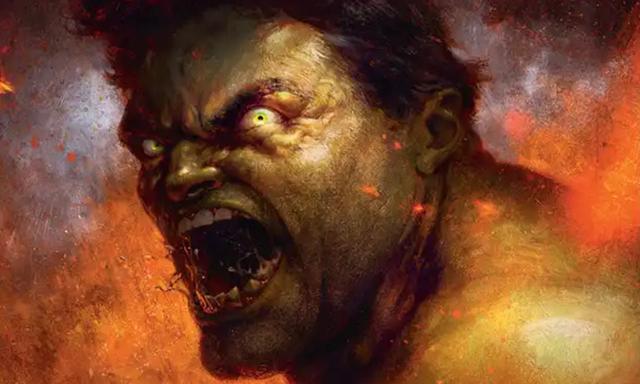

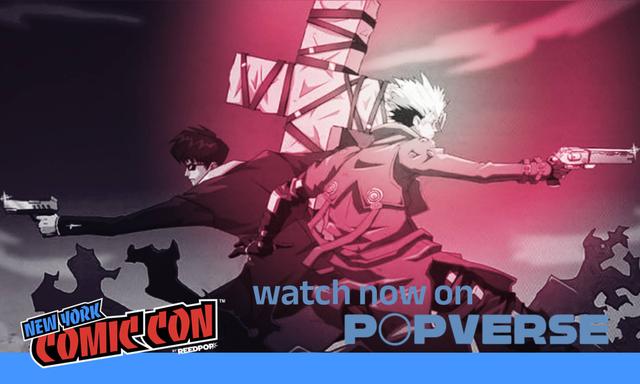
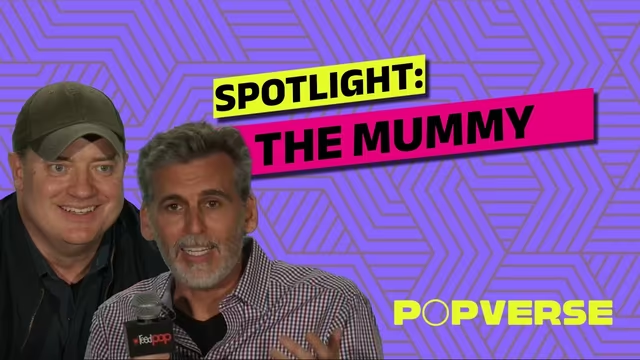

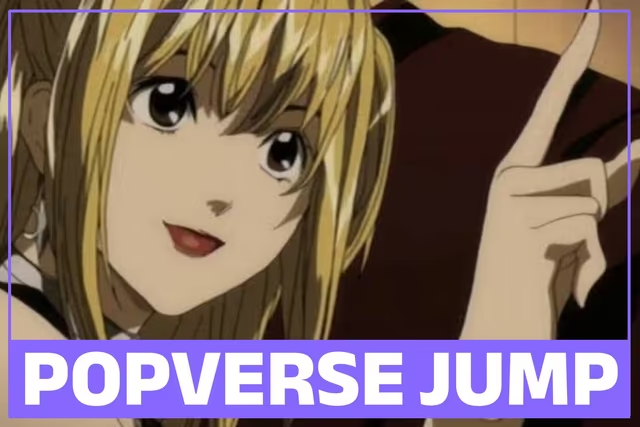
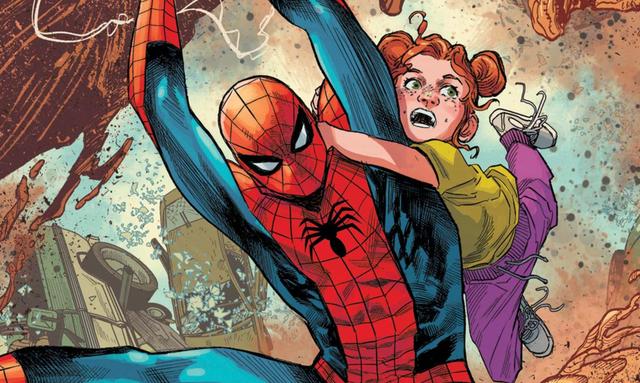
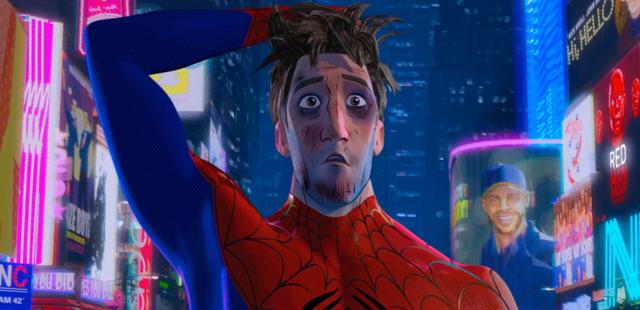






Comments
Want to join the discussion? Please activate your account first.
Visit Reedpop ID if you need to resend the confirmation email.